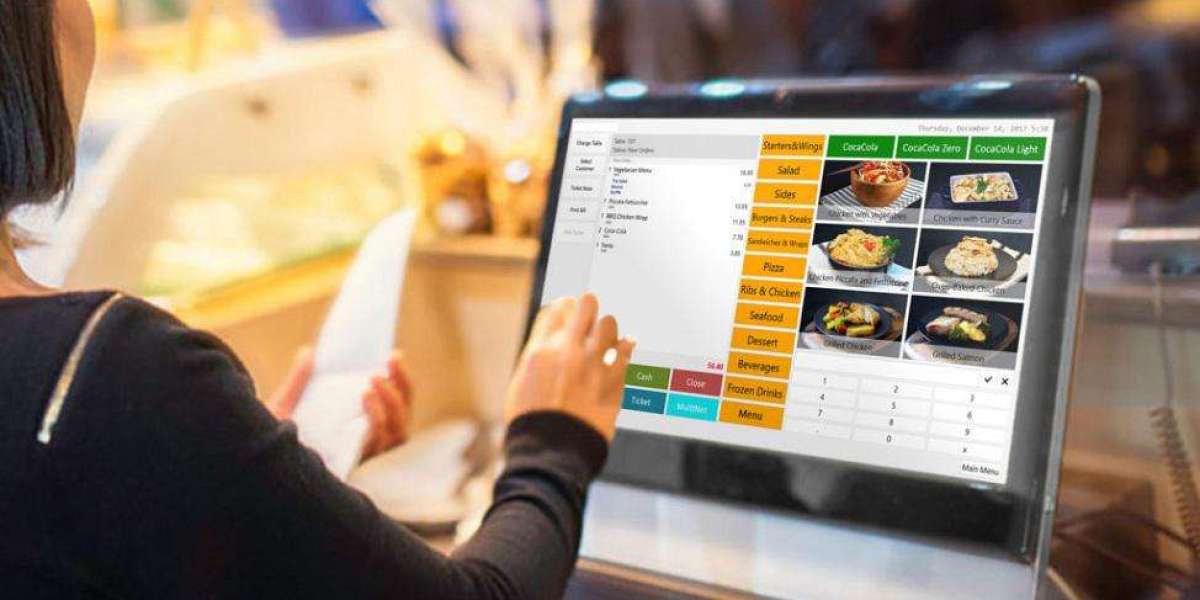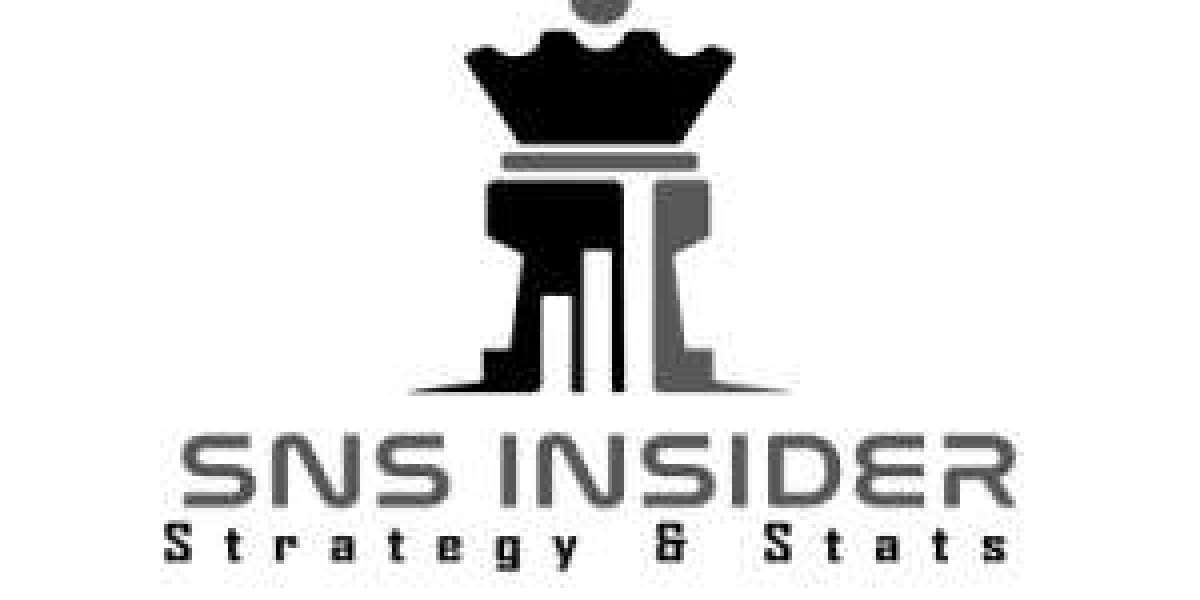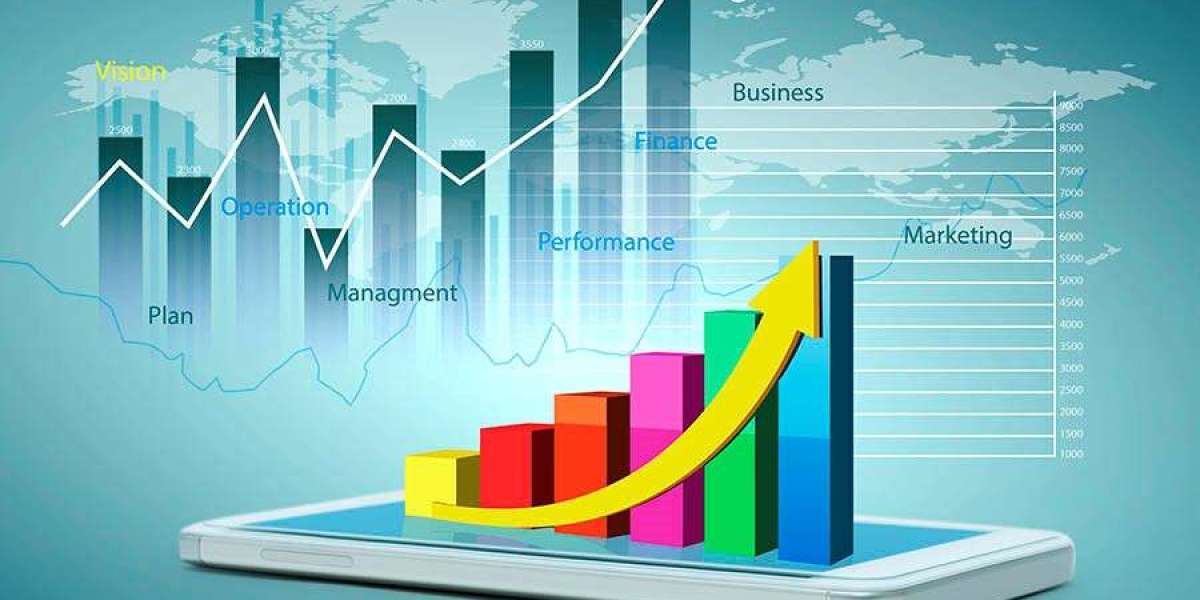Think your cash register is just for tallying up the total? Think again! AI-powered point-of-sale (POS) systems are evolving into data powerhouses, and one exciting element of this is predictive analytics. By harnessing the power of AI, these systems can analyze customer behavior in real-time, leading to those magical "Would you like fries with that?" moments that boost your bottom line.
What is Predictive Analytics?
In a nutshell, predictive analytics is all about using historical data to find patterns and make predictions. In retail, this means analyzing things like past purchases, customer preferences, external factors like weather or events, and even current trends to suggest items that a customer is likely to buy right at the checkout.
How Predictive Analytics Supercharges Your Checkout
Here's a deeper look at how predictive analytics boosts sales and improves the customer experience:
Smart upsells: Instead of random suggestions, the system analyzes a customer's current order and identifies complementary items with a high likelihood of purchase. For instance, if they're ordering a pizza, suggesting their favorite soda or a tempting dessert creates opportunities for increased order value.
Personalized promotions: Forget generic coupons! Predictive analytics enable targeting discounts based on what a customer is already buying. Someone with a history of dessert orders might receive a flash offer on a new sweet treat at checkout, increasing the sense of value and encouraging repeat business.
Inventory forecasting: AI doesn't just predict what people will buy; it predicts when. This allows you to fine-tune your orders based on expected demand. Avoid frustrating customers with out-of-stock items and minimize the waste of excess inventory due to over-ordering.
Optimized product bundles: Using predictive analytics, your POS system can go beyond suggesting individual add-ons. It can identify which items are frequently purchased together and suggest creating pre-made bundles, driving sales by making the purchase process more convenient for customers.
Pros and Cons of Predictive Analytics at Checkout
Pros
Increased revenue: Data-driven upsells and targeted promotions translate directly into a higher average order value and an overall sales boost. By suggesting items that customers are genuinely likely to want, you increase sales without coming across as pushy.
Improved customer experience: Personalization is key in modern retail. Predictive analytics demonstrate that you understand a customer's preferences, making them feel valued. This builds loyalty and encourages repeat business.
Streamlined operations: More accurate inventory forecasting means you always have enough of the right products in stock, minimizing frustrating "out-of-stock" scenarios for customers and reducing the waste of unused inventory. Predictive models can also help optimize staffing levels, ensuring you have the right number of people on hand to handle varying customer volumes.
Data-driven insights: Get an unparalleled understanding of customer behavior, identifying your most popular items, successful promotions, and trends over time. This data empowers you to refine your menu offerings, marketing strategies, and overall business operations for maximum profitability.
Cons
Cost of implementation: Advanced POS systems with predictive analytics capabilities can be a significant investment, especially for smaller businesses. It's essential to weigh the potential return on investment (ROI) against the upfront cost.
Data quality: The accuracy of predictive models depends heavily on the quality and quantity of data collected. If your data is incomplete or inaccurate, the system's suggestions will be less reliable.
Privacy concerns: Customers may be hesitant about how their data is being collected and used. It's crucial to have transparent privacy policies and demonstrate ethical data handling practices to build trust.
Staff training: Requires staff to be thoroughly trained on how to understand, use, and communicate the system's suggestions effectively. If your team doesn't feel confident using the technology, it could disrupt the checkout flow.
The Bottom Line: AI Means More Profits
While there are considerations, the benefits of predictive analytics at checkout generally outweigh the drawbacks. This technology can give you a competitive edge. Using AI's power to personalize upsells, improve customer experience, and streamline operations leads to a healthier bottom line. If you're not leveraging data insights at this crucial touchpoint, chances are your competition will be soon.
Ready to see how predictive analytics can boost your revenue? Schedule a free demo with an AI-powered POS system today.







